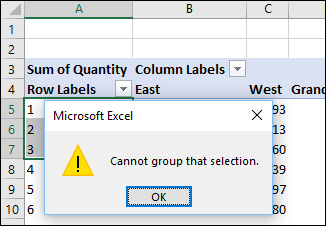
The PivotTable clone is now ready for comparison analysis. If the data source does not exist, create a new one. Click on any area on the newly copied PivotTable and change the data source by navigating to PivotTable Tools→Options→Change Data Source→Change Data Source (Figure 3). Select the data source (in this case, AdventureWorks Cube) pointing to a different environment (in this case, Production).

With the PivotTable cloned, proceed to change the Data Source of the clone. Selecting the Rows, CTRL+C and CTRL+V copies the data as text and not as PivotTable. Take note this is the only way to copy PivotTable. The data should be in list format, with column labels in the first row, which Excel will use for Field Names.Each cell in subsequent rows should contain data appropriate to its column heading, and you shouldnt mix data types in the same column.

The PivotTable will now be copied to it’s new location. You can use data from a Excel worksheet as the basis for a PivotTable or PivotChart. Figure 2 - Select Entire PivotTableĬlick a cell in the same worksheet or create a new worksheet and hit ENTER. To clone this PivotTable, navigate to PivotTable Tools Options→Select→Entire PivotTable (Figure 2).

I’m using AdventureWorks Cube for this illustration and this is my existing PivotTable pointing to Test Server (Figure 1) Figure 1 - Analysis Services Cube PivotTable to compare data between Test and Production environment? In this post I’ll explain a nifty trick that helps to clone an existing Excel PivotTable and change its data source without having to create the clone PivotTable from scratch. Ever came across a situation where you have to compare PivotTable data from same data source but from different environments, for e.g.


 0 kommentar(er)
0 kommentar(er)
